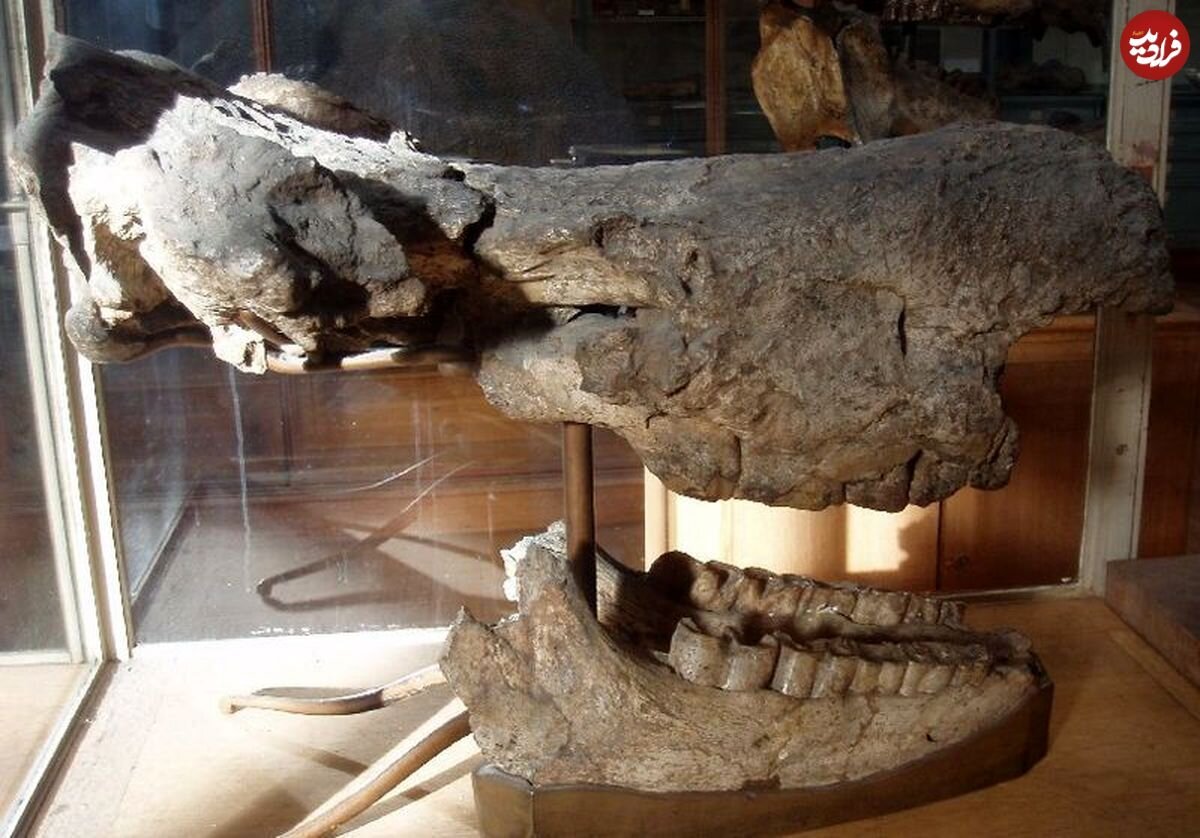Archaeologists hail find of 10-million-year-old fossil site in northwest Iran

TEHRAN—A team of archaeologists in northwest Iran has discovered a significant fossil site estimated to date from ten million years ago.
Iranian excavators have uncovered a vertebrate fossil site in Maragheh, East Azarbaijan province, Press TV reported on Wednesday.
Uncovered in Ahaq village, the fossil site dates some ten million years, said Shahnam Ashtari, who presides over the provincial Department of Environment.
The official said amazing fossils related to the families of horses, elephants, bovidae, rhinoceroses and all kinds of carnivores have been found during the excavation of the site.
Maragheh fossil site is among the five important Maragheh vertebrate fossil sites in the world, Ashtari noted. “Ahaq is unique in the region in terms of vertebrate, invertebrate and plant fossils, he said, calling for more studies there.”
Renowned as a “fossil paradise”, Maragheh is home to enormous herbivorous fossils such as ones related to Mastodons and Deinotherium (kinds of elephants and rhinos), among other extinct mammals.
Maragheh has been the focus of paleontologists and geologists for many years since its native fauna is considered one of the three most preeminent western Eurasian late Miocene Pikermian faunas, along with Samos and Pikermi in Greece.
Follow-up seasons of excavation and paleontological studies across Maragheh have revealed treasured findings such as mastodon dentin fossils, upper rhinoceros jaws, carnivorous skulls, horse teeth and jaws, giraffe jaws, and fossils of a primary human. Except for Maragheh, sediments similar to Maragheh are also found in Ahar, Varzeqan, northwest of Tabriz (Evand), and near Mianeh.
Last year, Mikael Fortelius, a professor of Evolutionary Paleontology at the University of Helsinki, publicized that archaeologists had unearthed some fossils dating back more than 8 million years in Maragheh that show high potential for further excavations in this region.
“If archaeologists can unearth fossils dating back to around 11 or 12 million years ago, the fossil site of Maragheh would become more important than ever,” he noted.
In 1897, the French paleontologist Marcellin Boule secured permission to conduct a paleontological expedition to Maragheh in 1904. The 1904 French expedition to Maragheh was organized at a very grand scale for this time in paleontology. In addition, a group of French paleontologists assisted by 12 local laborers excavated a large sample of Maragheh fossils from Kingir, Kopran, Shollevend, and Kermedjawa.
More than 50 years elapsed before other reported expeditions occurred at Maragheh. Takai from Tokyo University collected Maragheh fossils from Kerjabad. Robert Savage of Bristol University also visited Maragheh in 1958 and collected fossils. Tobien, from Johannes-Gutenberg University, Mainz made important excavations of the middle portion of the Maragheh sequence in the 1960s. Moreover, many studies conducted in the 1970s yielded important outcomes as well.
AFM
